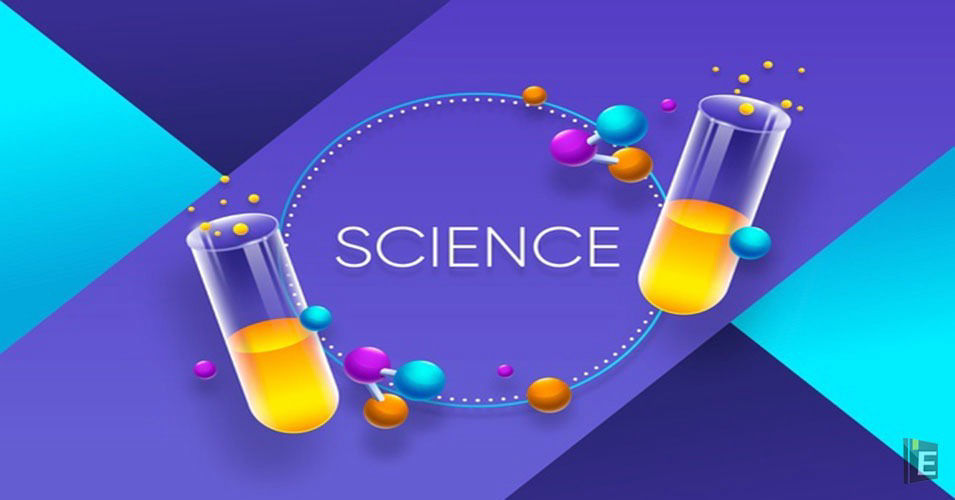Top 500 General Science GK Questions

Choose the correct statement from among the following:
(A) A Clinical Thermometer can be used to measure the o temperature of boiling liquids.
(B) Room thermometers have a range from 30°C to 100°C.
(C) Laboratory thermometer have as range from 35 °C to 42°C.
(D) The ring of a laboratory thermometer is greater than that of a clinical thermometer.
Correct Answer : D
What is the function of in Gill Fish?
(A) take in oxygen from the air
(B) absorb nutrients present in water
(C) absorb dissolved oxygen from water
(D) excrete waste into water
Correct Answer : C
Explanation :
Fish gills are organs that allow fish to breathe underwater. Most fish exchange gases like oxygen and carbon dioxide using gills that are protected under gill covers (operculum) on both sides of the pharynx (throat). Gills are tissues that are like short threads, protein structures called filaments.
What is the different from the rest?
(A) Deforestation
(B) Desertification
(C) Erosion
(D) Conservation
Correct Answer : D
Explanation :
Except tomato, all others are grown under the ground. Potato, onion, carrot are root vegetable. Whereas, Tomato is grown above ground. Hence, Tomato is the correct answer.
In which of the following processes, is bacteria not used?
(A) Formation of curd
(B) Baking of bread
(C) Fermentation of Sugarcane juice
(D) Nitrogen fixation
Correct Answer : C
Explanation :
Baking soda and baking powder help in baking bread. The microbe responsible for baking bread is a fungus named Saccharomyces cerevisiae for this reason it is also called baker's yeast. Hence, from the above-mentioned points, it becomes clear that bacteria are not used in the baking of bread.
In which part of the male reproductive system is the main genetic material found?
(A) in the prostate gland
(B) in the ureter
(C) in sperm
(D) in the testicles
Correct Answer : C
Explanation :
The sperm. The sperm is the male reproductive cell. Its role is to fertilise an egg. It contains the man's genetic material.
Which hormone causes milk to be released from the breast during lactation?
(A) Estrogen
(B) Prolactin
(C) Oxytocin
(D) Progesterone
Correct Answer : D
Explanation :
Prolactin is necessary for the secretion of milk by the cells of the alveoli. The level of prolactin in the blood increases markedly during pregnancy, and stimulates the growth and development of the mammary tissue, in preparation for the production of milk (19).
Which one of the following is a specific type of milk that is produced in a lactating mother and is essential for the development of an immune response in a human newborn?
(A) Transitional Milk
(B) Skimmed Milk
(C) Neonatal (Colostrum)
(D) Milk produced in breast one month after the birth of the baby
Correct Answer : C
Explanation :
Colostrum is the first form of breastmilk that is released by the mammary glands after giving birth. It's nutrient-dense and high in antibodies and antioxidants to build a newborn baby's immune system. It changes to breast milk within two to four days after your baby is born.
The development of the child inside the mother's body (in the case of humans) takes about a month.
(A) 10
(B) 9
(C) 7
(D) 8
Correct Answer : B
Explanation :
The development of the child inside the mother's body takes approximately eleven months.
When the gamete cells of two individuals combine during sexual reproduction, they form
(A) Fetus
(B) Endosperm
(C) Zygote
(D) Egg
Correct Answer : C
Explanation :
During sexual reproduction, two haploid gametes combine into one diploid cell known as a zygote in a process called fertilization. The nuclei from the gametes fuse, and each gamete contributes half of the genetic material of the zygote.
The number of chromosomes in the female egg cell is
(A) 23
(B) 46
(C) 48
(D) 24
Correct Answer : A
Explanation :
Each egg cell or sperm contains 23 chromosome whereas a normal cell has 46 chromosomes.



